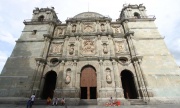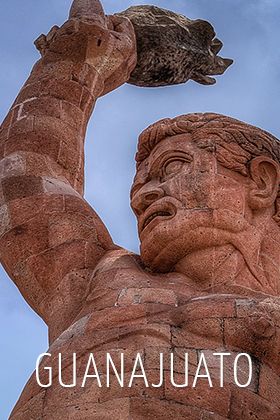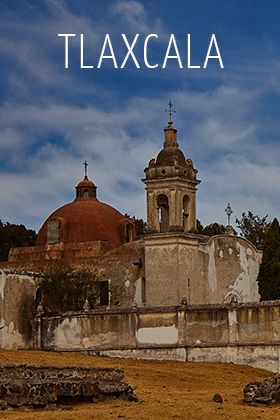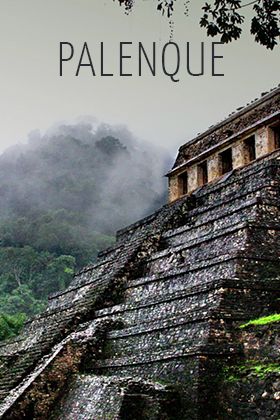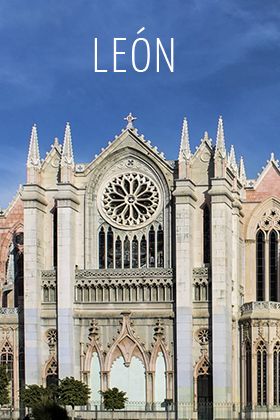Oaxacan Black Pottery
by: Travel by México

Oaxacan Black Pottery
by: Travel by México
Oaxaca is distinguished in the Mexican Republic for the preservation of many pre-Hispanic traditions. Celebrations, rites, dances, but above all the art, makes for antique roots to be reflected in this contemporarily invaded culture. In this beautiful state, 6,000 towns of indigenous and mestizo traces, and 16 ethnic groups exist, accommodating more than 500,000 craftsmen, are supported in their artistic talent and imagination, while honoring traditional methods and techniques.
Pottery has been for a long time one of the more important art forms, serving a double purpose: to be use for everyday activities or simply decorative. In the latter, is where the world famous and valued Barro Negro "black pottery" has found its place.
Originating from the San Bartolo Coyotepec community located 8 km from the city of Oaxaca, passing the airport, black pottery is distinguished by its metallic black finish. The discovery of this art form is attributed to Doña Rosa Real de Nieto, who accidentally discovered that ceramics could be polished with quartz stones, resulting in a shiny and smooth texture. For this, Doña Rosa earned the recognition of Mexican and foreign artists and collectors, making her workshop the most important in Coyotepec. In 1980 she passed away, leaving her children with the closely guarded mysterious secret of the technique that they will continue to pass from generation to generation, not to be revealed to any stranger, to avoid competition in the surrounding communities.
The Doña Rosa Pottery Store stills open to the public for the production, exhibition, and sale of black pottery, from 8:30 a.m. until 7 p.m., No.24 on Benito Juárez street, in San Bartolo Coyotepec, only twenty minutes from Oaxaca city on the highway to Puerto Escondido. Today, Valente Nieto Real, son of the great potter, is in charge of the business and tells that his mother was of indigenous born in 1900, and which, thanks to her talent, won the attention of several presidents of the nation.
In the workshop, pieced are still molded on a traditional round without a wheel, a method of pre-Hispanic origin that consists of two concave mud plates, one downwards supporting the other. The elaboration process lasts between 20 to 30 days, from the molding to the decoration, and then to the slow drying in closed rooms. Pots, vases and large pitchers carved with classic patterns from the ruins of Monte Albán, virgin figures, saints and diverse sculptures are the main production, although special pieces are also made to store mezcal, the traditional drink of the State of Oaxaca. Also ash trays, whistles and figures are made, at very accessible prices, and above all, of very good quality and finish.
A large exhibit of the black pottery is found in State Museum of Popular Art of Oaxaca. This museum has taken on the task of rescuing the local art by beautifully displaying it in a dignified and minimalistic manner to emphasize the great beauty and brilliance of this art, to which an entire hall is dedicated in its permanent exhibition.
The cost of entrance to the museum is 20 pesos, and for visitors with a national student or teacher I.D. card, entrance is free. To visit the State Museum of Popular Art of Oaxaca is to penetrate into a magical world of the most intimate creativity of our identity. While walking around its beautiful halls, we understand why Oaxaca is the spiritual reserve of Mexico.
By buying black pottery, visiting the pottery shops, and the Museum of Coyotepec, we are contributing to the conservation of our culture. If you go to Oaxaca, be sure not to miss it!
r09
